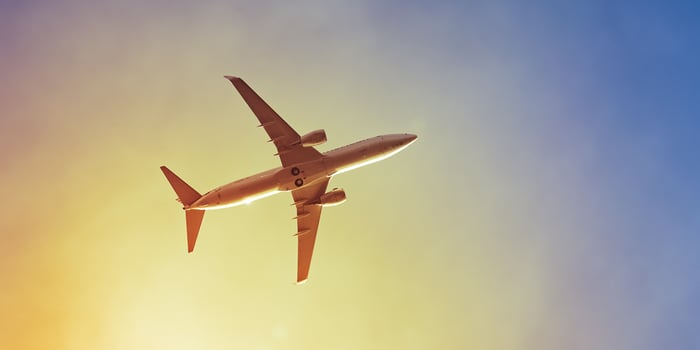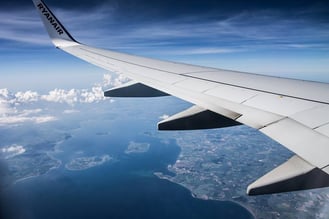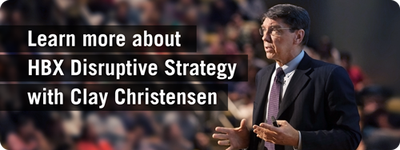
I was flying on Ryanair a few months ago when my seatmate referred to the plane as a “bus in the sky.” I'd never heard such an accurate description! If you haven’t flown Ryanair, let me describe it to you. My round-trip flight was $30 and included two carry-on bags. But, that is where the perks stop. You have to pay for everything else - and I mean everything. Forgot to print your boarding pass out at home? You pay for it. Want a drink on the plane? You pay for it. Want to recline your seat? That isn’t even possible. And I wish I was kidding about that last one!
Despite the drawbacks, I have flown Ryanair numerous times and will continue to fly them. Why? Because I can fly to three different places, on three different weekends, for the same amount of money as one ticket would cost me flying to any one of those places on another airline in Europe. And I’m not the only one who flies Ryanair.
So, looking at this from the lens of disruption, where does Ryanair fit? By addressing overserved customers with a low-cost business model, it fits under the “low-end” disruption category. But, it also has made flying possible for many people who couldn’t afford to fly to these places. While they had the same job-to-be-done as the more affluent market - i.e., getting from point A to point B - these consumers would normally take the bus, train, or rent a car. This approach to non-consumers in the airline market also causes it to fit in the “new-market” disruption category.

That Ryanair was low-end disruption was fairly obvious to me, but the new-market disruption was something that only clicked when I thought about Ryanair as a “bus in the sky.” Ryanair isn’t just competing against other airliners; the bus, train, rental car, and non-consumers are also its competitors. Former non-consumers in the airline market now have an opportunity to fly to their destination instead of a different, generally cheaper means of transportation previously used. Given the option of an overnight bus ride to Paris from London or an approximately 1.5 hour flight for a similar, if not cheaper price, which would you prefer? That’s what Ryanair was banking on.
As Scott Anthony explains, what's even more impressive is that Ryanair has succeeded in a market that's typically tough to crack. It has learned how to make a profit by keeping ticket prices low, flights full, along with a whole host of other cost saving strategies as outlined in the article. Legacy carriers in the airline business can’t/won’t compete with its prices, and its competitors in other transportation markets can’t compete with the luxury of flying, thus Ryanair succeeds.
I know that for a cash-strapped student living in Europe, Ryanair has opened up the continent for me. I’ve done overnight buses, 37 hour train rides, and rented cars because they were cheaper. But with Ryanair I have been able to avoid many of those “great story” experiences and truly enjoy vacation, thanks to their disruptive strategy.
Want to learn more about disruption and other theories from Professor Christensen? Disruptive Strategy will equip you with the tools, frameworks, and intuition to make a difference.
About the Author
Chris Larson was an intern at HBX for summer 2016 who worked with the marketing and product management teams. His background is in all things Russian, but he is interested in business and just started his MBA at Oxford University.









